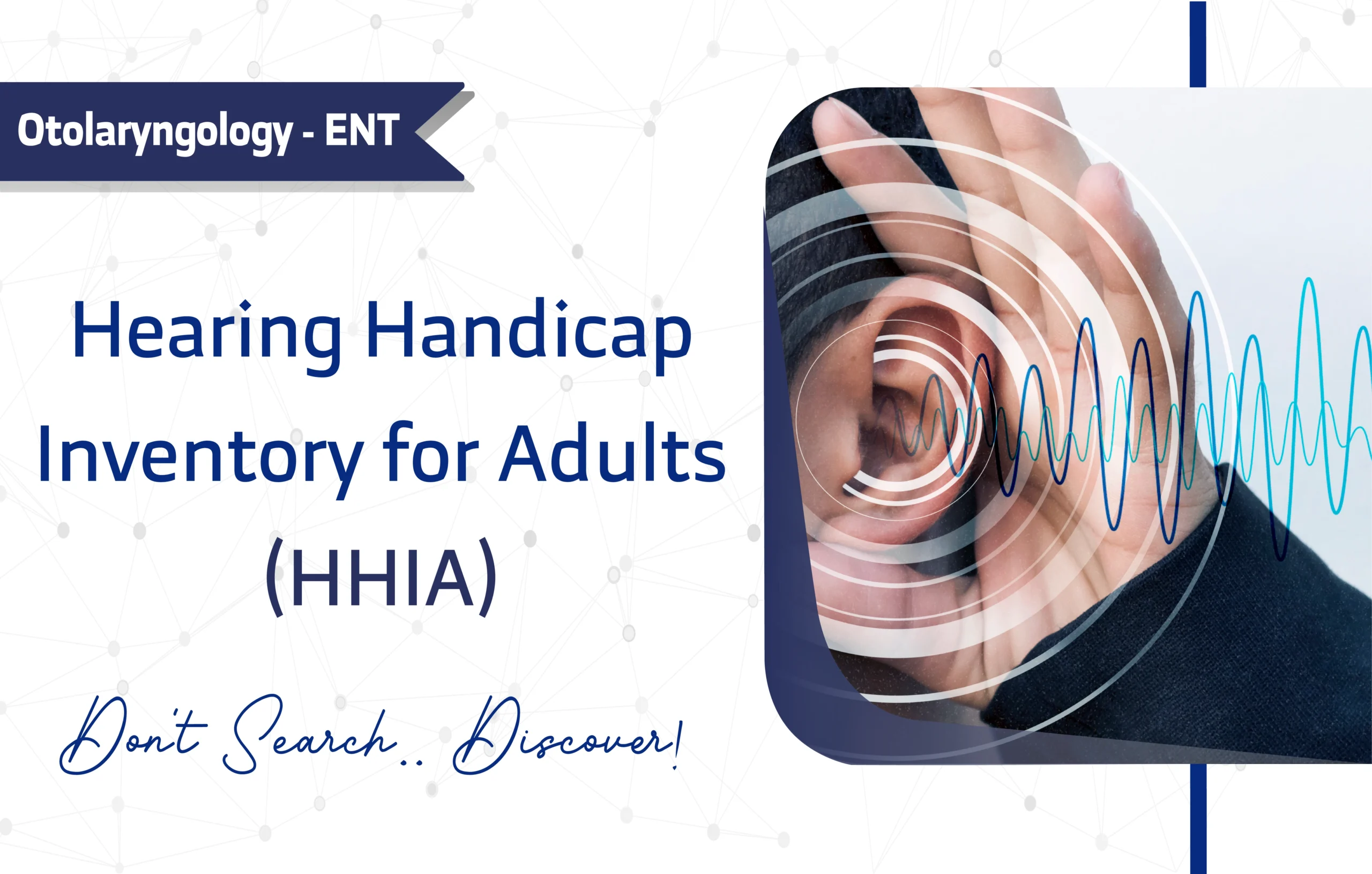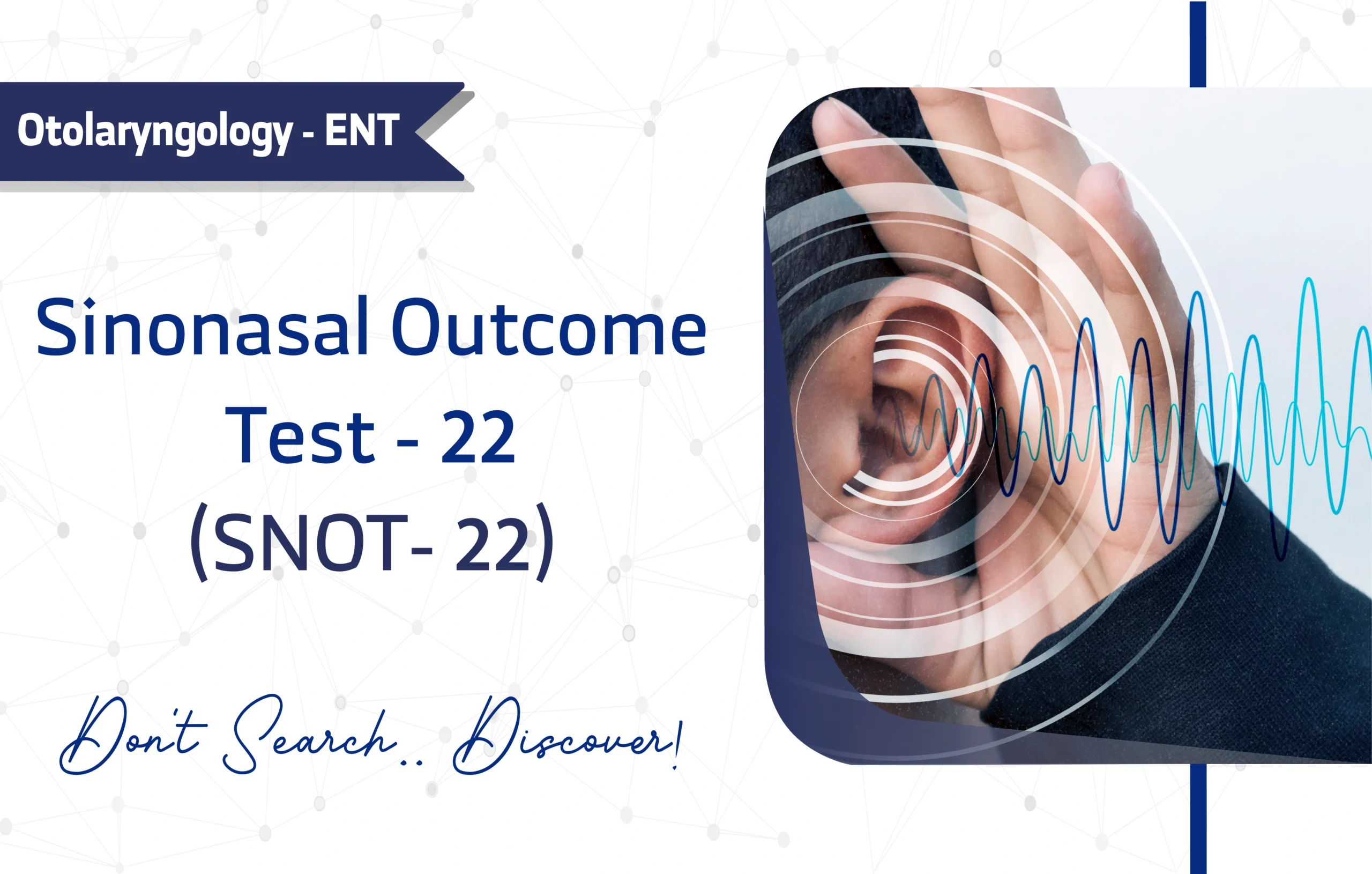Introduction
The International Prostate Symptom Score (IPSS) serves as a cornerstone instrument for evaluating the severity of lower urinary tract symptoms (LUTS) associated with benign prostatic hyperplasia (BPH). In 1992, Michael J. Barry and his team, under The Measurement Committee of the American Urological Association, developed this tool to standardize clinical assessments. With over 4,000 citations on Google Scholar, the IPSS enjoys widespread adoption in urology.
Specifically, this self-administered questionnaire targets men aged 50 and older to quantify symptom severity and measure BPH’s impact on their quality of life. As a result, it guides treatment decisions and monitors outcomes effectively. This article thoroughly examines the IPSS, outlining its features, scoring methodology, applications, and limitations to provide a comprehensive resource for urology experts.
Key Features of the Quality of Life Enjoyment and Satisfaction Questionnaire (Q‑LES‑Q)
Purpose and Use
The IPSS primarily evaluates the severity of lower urinary tract symptoms in men with benign prostatic hyperplasia and assesses the condition’s impact on their quality of life. Unlike broader health questionnaires, the IPSS specifically targets urinary function. Consequently, it proves indispensable for clinical trials, patient monitoring, and treatment planning in urology.
Target Population
The IPSS targets men aged 50 and older with BPH and validates its use for older adults (45–64 years) and seniors (65+ years). It excludes children, adolescents, and younger adults, ensuring specificity for its intended demographic.
Structure
The IPSS is a concise and efficient tool, comprising eight questions in total. The structure is divided into two main parts:
- Symptom Questions (7 items): These questions cover key urinary symptoms, including incomplete emptying, frequency, intermittency, urgency, weak stream, straining, and nocturia.
- Quality of Life Question (1 item): This standalone question assesses the patient’s overall feeling about their urinary condition, phrased as: ‘If you were to spend the rest of your life with your urinary condition just the way it is now, how would you feel about that?’.
Notably, the entire questionnaire takes less than 5 minutes to complete, which enhances its practicality in busy clinical settings.
Scoring Method
The IPSS employs a clear scoring system. For the seven symptom questions, patients select responses on a 6-point Likert scale, ranging from 0 (“Not at all”) to 5 (“Almost always”). However, the nocturia question uses a frequency-based scale, from 0 (“None”) to 5 (“5 times or more”).
Total Symptom Score: The scores from the seven symptom questions combine to yield a total score between 0 and 35. Higher scores indicate greater symptom severity, categorized as:
0–7: Mildly symptomatic
8–19: Moderately symptomatic
20–35: Severely symptomatic
Quality of Life (QoL) Score: The single QoL question scores separately on a scale from 0 (“Delighted”) to 6 (“Terrible”).
Treatment Efficacy: A reduction of 3 or more points from the baseline score signals a clinically meaningful improvement.
Administration Format
The IPSS functions as a self-administered questionnaire, requiring no specialized training. Its flexibility allows administration through various formats, including paper-based forms, digital platforms, mobile applications, and in-person or remote interviews.
Applications of the Quality of Life Enjoyment and Satisfaction Questionnaire (Q-LES-Q)
The IPSS is a versatile tool with several critical applications in both clinical practice and research:
- Screening: It effectively identifies patients experiencing significant LUTS who may require further evaluation for BPH.
- Monitoring: The questionnaire is invaluable for tracking symptom changes over time, allowing clinicians to assess the progression of BPH or the effectiveness of an intervention.
- Treatment Planning: By quantifying symptom severity, the IPSS helps guide decisions about when to initiate or modify treatment.
- Research: It serves as a primary endpoint in numerous clinical trials evaluating the efficacy of new therapies for BPH and LUTS.
Languages and Availability
The IPSS boasts global applicability, as it resides in the public domain and incurs no usage costs. Moreover, it has been validated in over 30 languages, including:
Arabic
English
Mandarin Chinese
Spanish
French
German
As well as Portuguese, Japanese, Hindi, Russian, Malaysian, and Persian
Reliability and Validity
The IPSS demonstrates high reliability and validity. The original validation study reported a Cronbach’s alpha of 0.86, indicating excellent internal consistency. Furthermore, numerous studies across various populations and languages have confirmed its psychometric properties, establishing it as a gold-standard measure for BPH symptoms. Notably, the Hong Kong Chinese version 2 has proven valid, reliable, and sensitive for assessing lower urinary tract symptoms in both Chinese males and females.
Limitations and Considerations
Despite its strengths, the IPSS presents some limitations. For example:
Self-report: Patients’ responses may reflect social desirability bias or personal interpretations of their urinary symptoms.
Exclusion of non-BPH LUTS: The tool focuses on BPH, so it may not suit LUTS from other conditions.
Language Barriers: Although translated widely, cultural nuances may still hinder accurate reporting in some populations.
Social Desirability Bias: Patients might underreport or overreport symptoms to meet perceived expectations, which could skew results.
- Clinical correlation limitations: Symptom scores may overidentify cases in men without perceived complaints, fluctuate over time, and show weak correlation with objective clinical measures such as prostate volume, flow rate, or post-void residual volume.
Nevertheless, its robust validation and focused design solidify its role as a cornerstone in BPH research.
Other Versions and Related Questionnaires
The IPSS lacks official shorter or expanded versions but pairs well with:
Visual Prostate Symptom Score (VPSS): A visual alternative for patients with low literacy.
Benign Prostatic Hyperplasia Impact Index (BPH-II): Assesses broader BPH impacts.
Additional Resources
- A direct link to the Original Validation Study
- You can access the questionnaire as a PDF through this link.
- For inquiries, contact the American Urological Association (AUA).
- For expert clinical inquiries or further clarification on IPSS implementation, you may reach out to Dr. Jerry G. Blaivas (Uro Center of New York) at jerry.blaivas@mssm.edu
- For additional IPSS clinical guidance and interpretation tools, consult Medscape IPSS Resource
Frequently Asked Questions (FAQ)
Who can use the IPSS?
Clinicians, researchers, and healthcare providers use the IPSS for men aged 50 and older with benign prostatic hyperplasia.How long does it take to complete the IPSS?
Patients typically complete it in under 5 minutes, making it practical for clinical and research settings.How is the IPSS administered?
It supports administration via paper, digital platforms, mobile apps, interviews, or phone/video calls, ensuring flexibility.Is there any cost to using the IPSS?
The IPSS remains free under a public domain license.
A Word from ResRef about the Quality of Life Enjoyment and Satisfaction Questionnaire
The IPSS stands as the gold-standard patient-reported outcome tool for tracking BPH symptoms. Its simplicity and validation across over 30 languages ensure global utility. Clinicians should emphasize the QoL question to capture treatment impacts beyond symptom counts. However, social desirability bias in urinary symptom reporting requires supplementary clinical assessments.
References
- Barry MJ, Fowler FJ Jr, O’Leary MP, Bruskewitz RC, Holtgrewe HL, Mebust WK, Cockett AT. The American Urological Association symptom index for benign prostatic hyperplasia. The Measurement Committee of the American Urological Association. J Urol. 1992 Nov;148(5):1549-57; discussion 1564. doi: 10.1016/s0022-5347(17)36966-5. PMID: 1279218. Link
- Bosch, J.L.H.R., Hop, W.C.J., Kirkels, W.J. and Schröder, F.H. (1995), The International Prostate Symptom Score in a community-based sample of men between 55 and 74 years of age: prevalence and correlation of symptoms with age, prostate volume, flow rate and residual urine volume. British Journal of Urology, 75: 622-630. Link
- Hammad FT, Kaya MA. Development and validation of an Arabic version of the International Prostate Symptom Score. BJU Int. 2010 May;105(10):1434-8. doi: 10.1111/j.1464-410X.2009.08984.x. Epub 2009 Oct 26. PMID: 19863520. Link
- Quek KF, Low WY, Razack AH, Loh CS. Reliability and validity of the International Prostate Symptom Score in a Malaysian population. BJU Int. 2001 Jul;88(1):21-5. doi: 10.1046/j.1464-410x.2001.02246.x. PMID: 11446839. Link
- Choi EP, Lam CL, Chin WY. Validation of the International Prostate Symptom Score in Chinese males and females with lower urinary tract symptoms. Health Qual Life Outcomes. 2014 Jan 2;12:1. doi: 10.1186/1477-7525-12-1. PMID: 24382363; PMCID: PMC3883473. Link
- Hsiao, SM., Lin, HH. & Kuo, HC. International prostate symptom score for assessing lower urinary tract dysfunction in women. Int Urogynecol J 24, 263–267 (2013). Link









4 thoughts on “The International Prostate Symptom Score (IPSS): A Full Guide for Researchers and Clinicians”
I’m very impressed by how you make these concepts approachable. You’ve turned something that felt complicated into a process I now feel confident trying.
I’ve read that the International Prostate Symptom Score (IPSS) is a key tool for understanding lower urinary tract symptoms in men with benign prostatic hyperplasia. Given this, I am curious about the medication Prostatic, which is related to the treatment of these symptoms. Can anyone share details about its effectiveness and any potential side effects?
Merely wanna input that you have a very nice internet site, I enjoy the design and style it really stands out.
Hi there, You’ve done a great job. I’ll certainly digg it and personally recommend to my friends. I am sure they’ll be benefited from this web site.